Some clients come to our firm with only a vague notion of what they want, while others have highly developed ideas and lists of project requirements. The design team begins each project by sitting down with the client, listening to what they envision for their project, openly sharing ideas, and developing feasible options for creating a balance of beauty, utility and longevity. From new construction to renovations and additions, historic preservation, and sustainable design work. These initial discussions result in a realistic scope of work, as well as a preliminary schedule and budget.
The design team begins each project by sitting down with the client, listening to what they envision for their project...
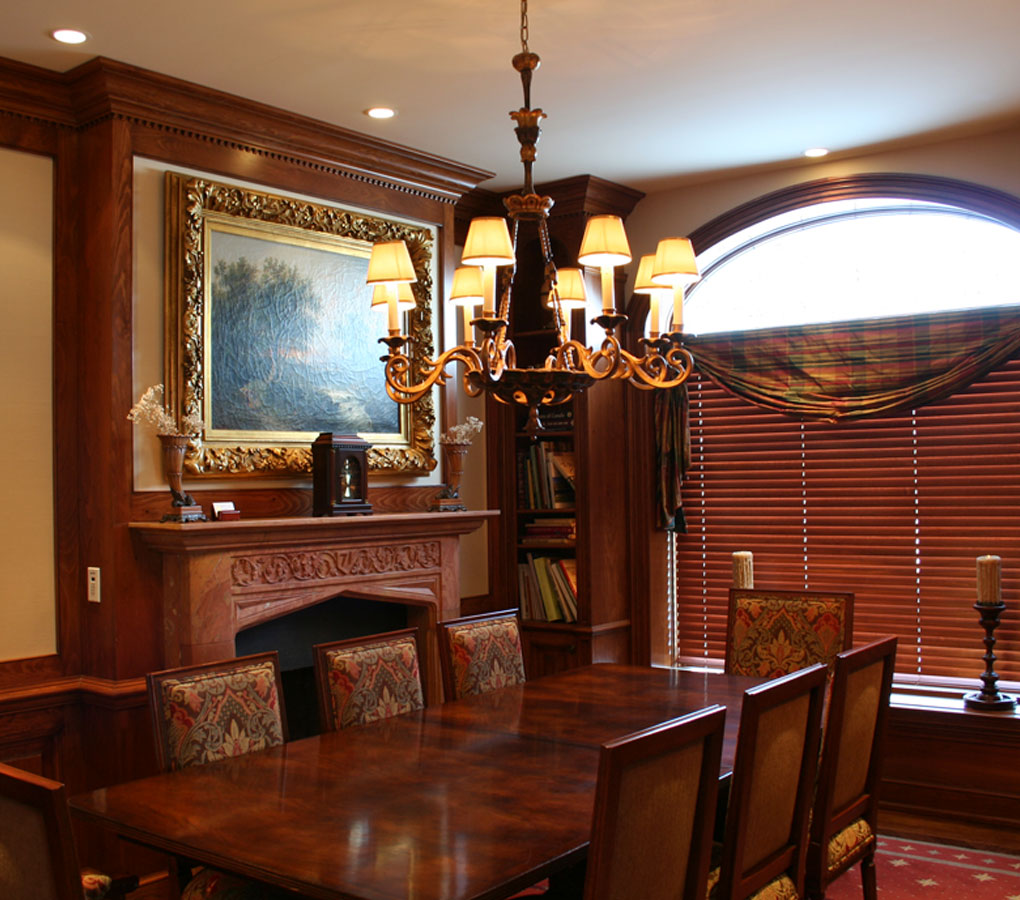
In addition to identifying which services Taylor Design Group will provide, consultations are an excellent opportunity to identify or begin working with other design professionals, artisans or builders who will be required for the project. Taylor Design Group's design team has a long history of successful collaborations with some of the finest allied professionals in the region and recognizes that the most successful projects involve active and open communication among all team members as early in the process as possible.
Taylor Design Group's team has a long history of successful collaborations with some of the finest allied professionals...
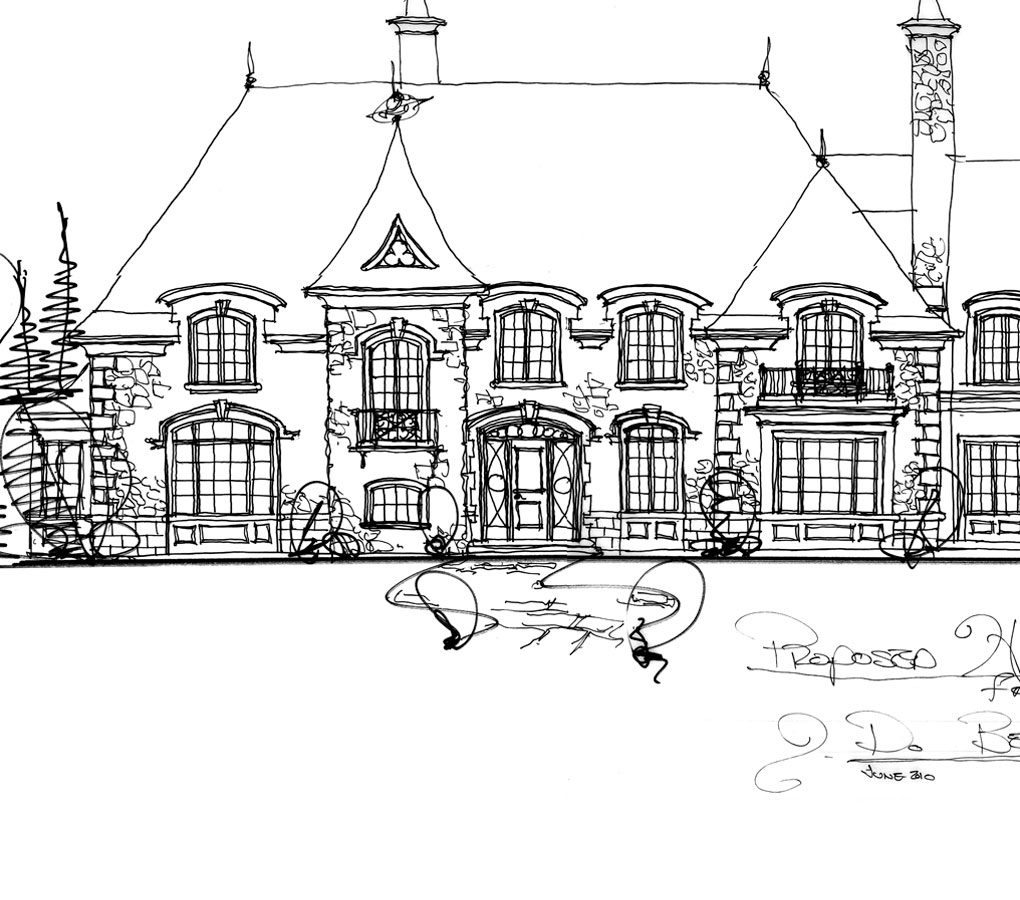
During the schematic design phase, ideas generated in the initial consultations begin to take shape on paper in the form of preliminary site plans, floor plans and elevations. For renovation and preservation projects, the team measures and photographs the existing conditions to prepare accurate "as-built" drawings for use throughout the design process. While the firm uses classical proportions and hierarchies as a foundation for design, the client's desires and the context of the setting are the main factors used in determining the style, materials, and details of any project. The schematic design phase is a highly interactive process where the team and client discuss and fine-tune ideas to arrive at a concrete plan, budget and schedule that reflects the client's vision and expectations.
During the schematic design phase, ideas generated in the initial consultations begin to take shape on paper in the form of preliminary site plans, floor plans and elevations.
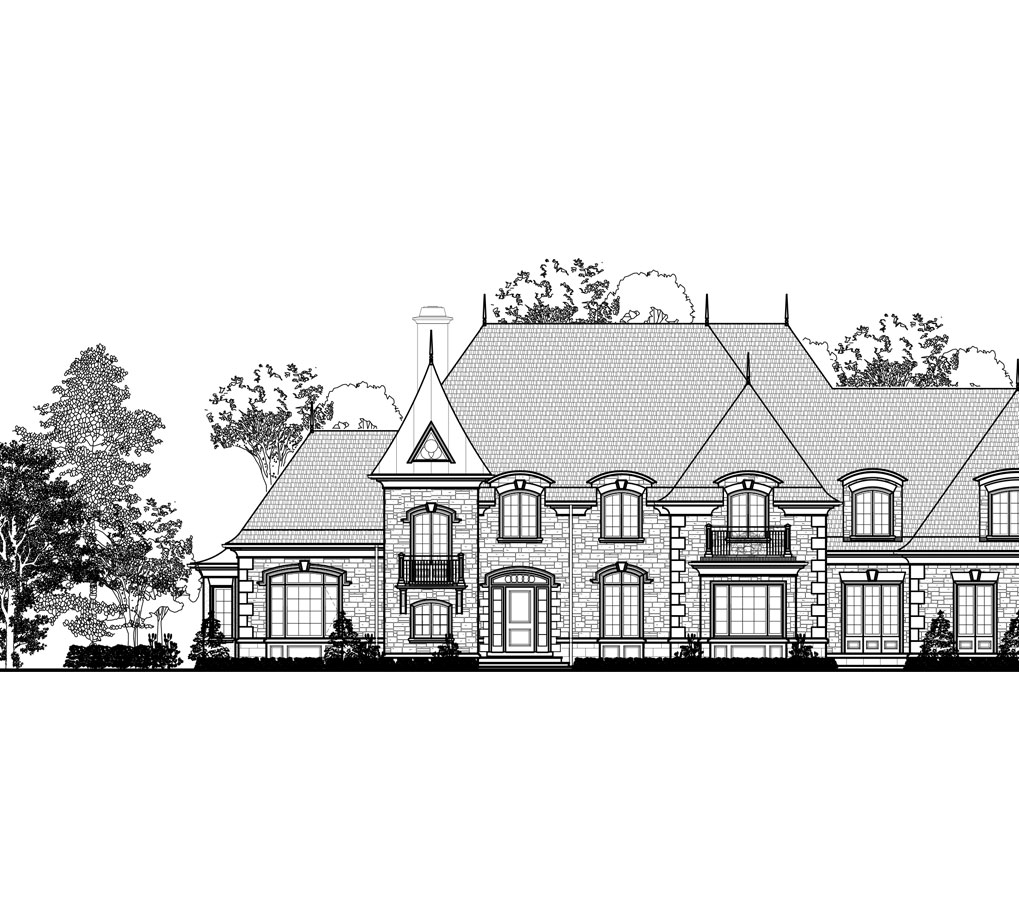
After the client approves the plan and style of the project, the design team uses a combination of hand sketches, computer-aided design (CAD), to generate accurate representations of the final project. The level of interaction and collaboration is particularly high during design development as this phase marks the start of interior architecture and material selections. As each element evolves, the plans and elevations often require adjustments or modifications to ensure a final product that is functional and aesthetically appropriate. In addition to communicating with the client about design issues, the team will also provide updated budget and schedule information, to ensure that the client is informed regarding every aspect of their project.
A great design is not rooted in what is architecturally fashionable or theoretically current, but by the building’s program and the task at hand.
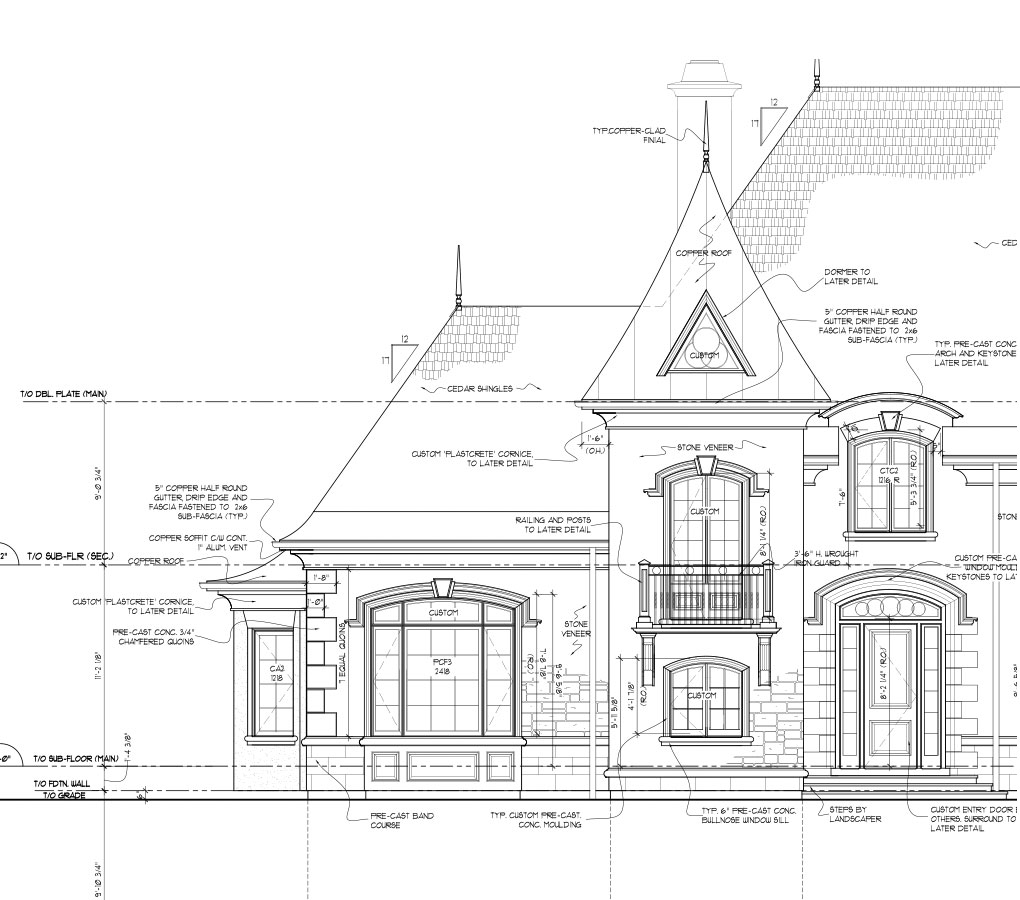
The Construction Documentation phase represents a culmination of the decisions and selections made throughout the design process. The degree of documentation varies from project to project according to the criteria of local governing bodies, the scale and intricacy of the design, and ultimately the desires and comfort level of the individual client. Some clients are only interested in a rudimentary set of documents that addresses all basic requirements, while other clients request highly detailed drawings for every aspect of the design. At the start of this phase, the design team consults with each client to determine the level of documentation that most suits their specific needs and expectations.
The degree of documentation varies from project to project according to the criteria of local governing bodies, the scale and intricacy of the design...
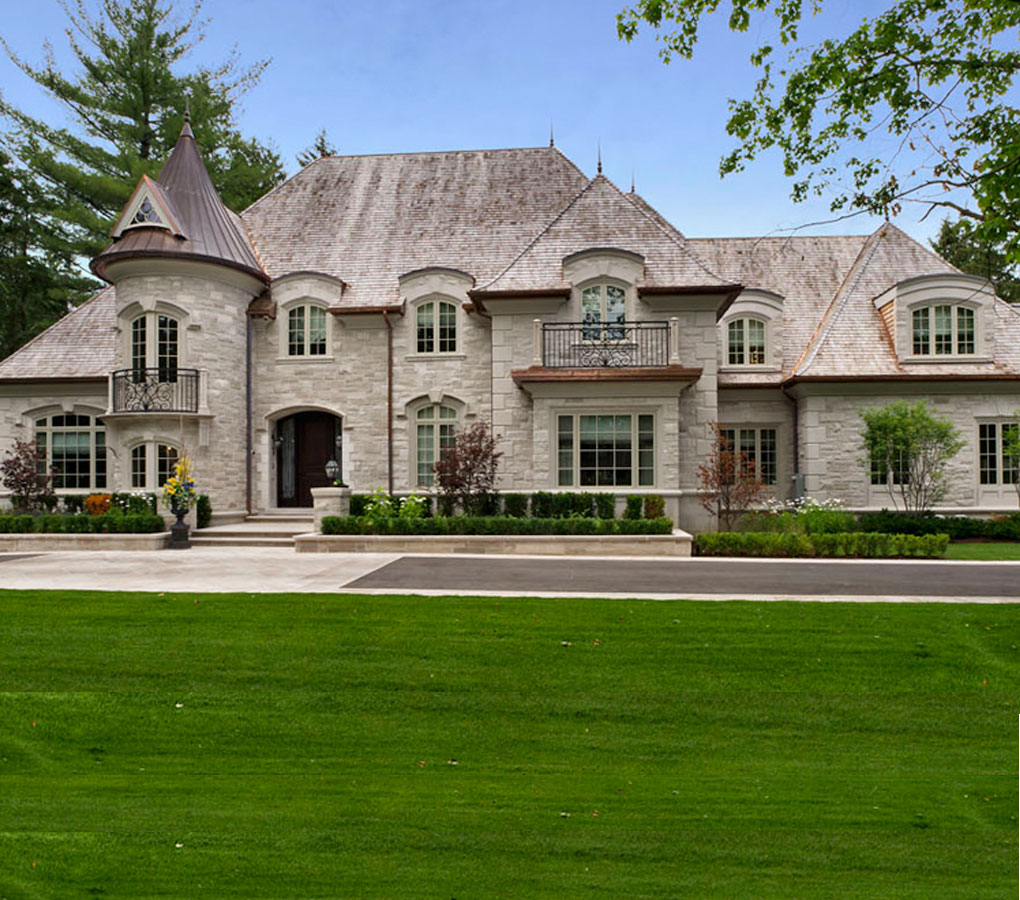
Based on the client's needs, jurisdictional requirements and the complexity of the project, Taylor Design Group is able to assist clients with the following services:
With an understanding of construction practices and the design intent of the project, we frequently act as a client advocate providing on-site reviews and guidance throughout the construction phase.